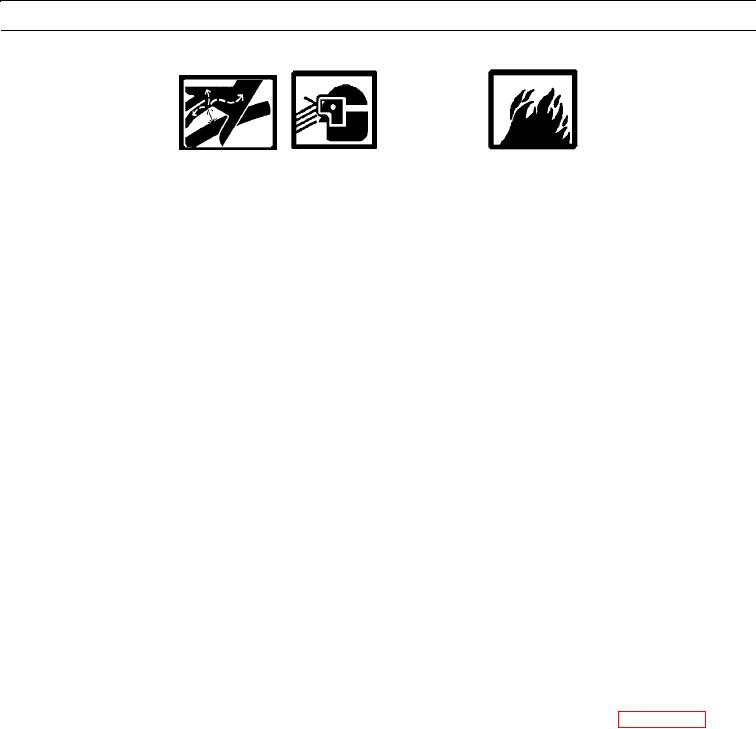
TM 5-3805-290-23-1
AIR CONDITIONING SYSTEM TESTS, INSPECTIONS, AND ADJUSTMENTS - CONTINUED
0018 00
18
WARN I N G
Injury to personnel can result from contact with refrigerant.
This system is under pressure at all times, even if engine is not running. Heat should never be applied to a
charged system.
Contact with refrigerant can cause frost bite. Keep face and hands away to help prevent injury to person-
nel.
Protective goggles and gloves must always be worn when refrigerant lines are opened, even if gages indicate
system is out of refrigerant.
Always use precaution when a fitting is removed. Slowly loosen the fitting. If the system is still under pres-
sure, evacuate system recovering refrigerant before removing fitting.
Injury or death to personnel can result from inhaling refrigerant through a lit cigarette.
Inhaling air conditioner refrigerant gas through a lit cigarette or other smoking method or inhaling fumes
released from a flame contacting air conditioner refrigerant gas can cause bodily harm or death.
DO NOT smoke when servicing air conditioners or wherever refrigerant gas may be present.
Before any checks of air conditioning and heating system are made, move machine to a smooth horizontal
surface. Lower all implements to ground. Ensure transmission is in neutral or park and parking brake is
engaged. Keep all other personnel away from machine or where they can be seen.
C AU T I O N
Low refrigerant charge will cause a loss of cooling ability and a loss of lubrication in compressor, which will
result in failure of compressor.
Overcharge of refrigerant will cause a loss of cooling ability. A system that is overcharged will contain
excess liquid refrigerant, which will severely damage compressor. An overcharged system will fail two times
faster than an undercharged system.
Too much oil in system will contribute to a low refrigerant charge.
GENERAL
1.
A small amount of moisture will penetrate hoses used in R-134a systems. Change dryer and change accumulator and
desiccant annually. Moisture causes sludge and moisture results in plugged systems. Moisture also causes formation of
ice at orifice tube assembly.
2.
For a better understanding of each system, review the appropriate section in Theory of Operation (WP 0003 00).
3.
Gage readings for an undercharged R-134a system may appear as symptoms of overcharge under certain conditions.
This occurs when ambient temperature is above 90F (32C) or in high humidity. Gage readings that are incorrect lead
to a loss of cooling ability and failure of compressor.
4.
Refrigerant removed from a system cannot be weighed accurately. A 20 to 30% error can occur. Error is a result of oil
removed from system and a result of inaccuracies of devices used for recovery.
5.
After recovering a system, if system pressure rises above 0 psi (0 kPa) within 5 minutes, system must be recovered again
until pressure does not increase. Recovering system again will empty accumulator of refrigerant.
6.
Presence of frost on accumulator is a normal condition. Thickness of frost will depend on ambient temperature and
humidity.
7.
Frost can appear anywhere on an R-134a air conditioning system. Appearance of frost does not always indicate a failure.
In order to diagnose a blockage in air conditioning system properly, air temperature at evaporator must be checked and
pressure readings must be taken.
0018 00-2

